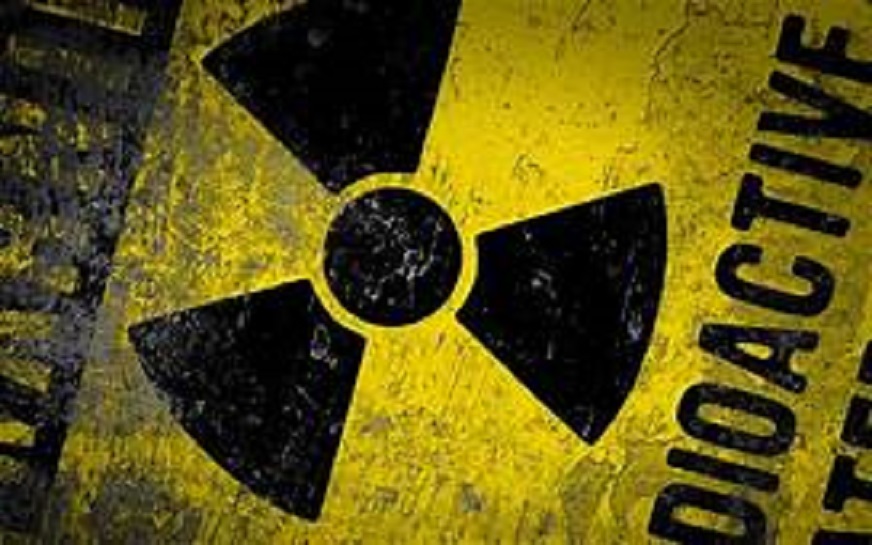An unprecedented, high-intensity earthquake followed by a tsunami on 11 March 2011 led to disruption of operations at the nuclear reactors at Fukushima Daiichi, Japan. But even more significantly, the accident cast a shadow on the entire nuclear sector as public scepticism on nuclear safety grew across the world.
In order to arrest the downslide, governments in all countries operating nuclear power plants ordered safety audits and took additional measures. Japan, which was most severely hit, temporarily shut down its entire nuclear fleet; only a handful of nuclear plants have since returned to operation. Meanwhile, some countries like Germany, Switzerland, Belgium, Taiwan, and South Korea announced a gradual phase-out of nuclear energy. Some others, especially in South-east Asia, that had been contemplating an initiation into nuclear power, announced a deferral or abandonment of plans. Consequent to these reactions, the perceptible upsurge in interest in nuclear energy that had been visible around 2009-2010, the so-called nuclear renaissance, seemed to have disappeared.
What does the nuclear power landscape look like in 2021, a decade since the accident? Currently there are 440 operational nuclear reactors in 31 countries that are contributing 10% of the total global electricity production. 50 more are under construction. Amongst the countries generating nuclear electricity, France draws nearly 70% of its electricity from nuclear energy, while USA, UK and Russia get about one-fifth of theirs from nuclear. China stands at 5% and India at just about 3%.
While each country makes its choices on sources of electricity based on its unique circumstances, a global concern, namely climate change, is likely to influence future energy preferences of all. There is today a widespread acknowledgement of the adverse consequences of increasing greenhouse gas emissions and resultant global warming. And the kind of sources used for electricity generation have tremendous significance. As leaders in electricity deficit nations rush to build power plants, and in others to replace ageing ones, their preferences would impact the future.
A growing focus on the imperative of utilising carbon-free energy sources is bringing back the limelight to nuclear energy. In his recent book, How to Avoid a Climate Disaster, Bill Gates endorses nuclear power as “the only carbon-free energy source that can reliably deliver power day and night, through every season, almost anywhere on earth, that has been proven to work on a large scale.” Indeed, the base-load availability of electricity from nuclear power generation offers an advantage over renewable sources such as solar and wind. While the latter are developing well with strong governmental support, the intermittency of electricity thus produced does not allow countries to let go of fossil fuel plants as back-up. This, among other reasons, keeps the share of fossil fuels for power generation at a high 65%.
Such a high usage of fossil fuels makes decarbonisation of the electricity sector practically impossible. Independent studies conducted by the Inter-Governmental Panel on Climate Change, OECD International Energy Agency, as well as the World Nuclear Association have concluded that significant cuts in GHG emissions require moving to scenarios where a quarter or more of world’s electricity is generated from nuclear power. In its 2020 Energy White Paper, the UK, which will be hosting the next UN Climate Change Conference of Parties (COP 26) in November this year, has identified nuclear power as one of the constituents of its plan to achieve a four-fold increase in clean electricity generation to meet its target of net zero emissions by 2050. President Joe Biden too envisages nuclear as part of his route to the goal of carbon-free electricity by 2035. Fortunately, the two countries with largest population and high electricity requirement are also committed to nuclear power. Both China and India, despite Fukushima, continue to consider nuclear plants as essential to their energy baskets and climate change commitments.
Meanwhile, studies have also highlighted another interesting development in the context of nuclear power plants. Not only do these emit the least greenhouse gases, they also produce more energy for each pound of material such as cement, steel and glass that goes into constructing the plant. This is a significant consideration given that a large share of greenhouse gases is emitted in the production of these materials themselves.
While nuclear power could be a solution for climate concerns, it nevertheless, suffers from its own set of problems. High capital cost, safety issues, and spent fuel management remain the three main issues. Fortunately, human ingenuity can drive innovations that can resolve these, provided there is a broad understanding of the need to retain nuclear as part of energy baskets to mitigate global environmental concerns. Unfortunately, though, tendencies to play up risks associated with nuclear fission and to play down the risk of climate change continue to distract from the focus that should be placed on reducing construction costs, increasing safe operations and researching on better management of nuclear waste.
Climate action and affordable and safe energy are two of the sustainable development goals identified by the United Nations. At COP 26, where governments will be required to ratchet up their climate commitments to reach net zero by 2050, serious choices will have to be made on how to produce more electricity to power socio-economic growth, but to do so in an environmentally sustainable manner. Introduction of newer, safer and proliferation-resistant nuclear technologies currently being developed, faster construction rates, greater transparency on safety, and proactive public outreach could help nuclear power reposition itself in popular perception as one important solution to climate change.
Manpreet Sethi is Distinguished Fellow, Centre for Air Power Studies.

